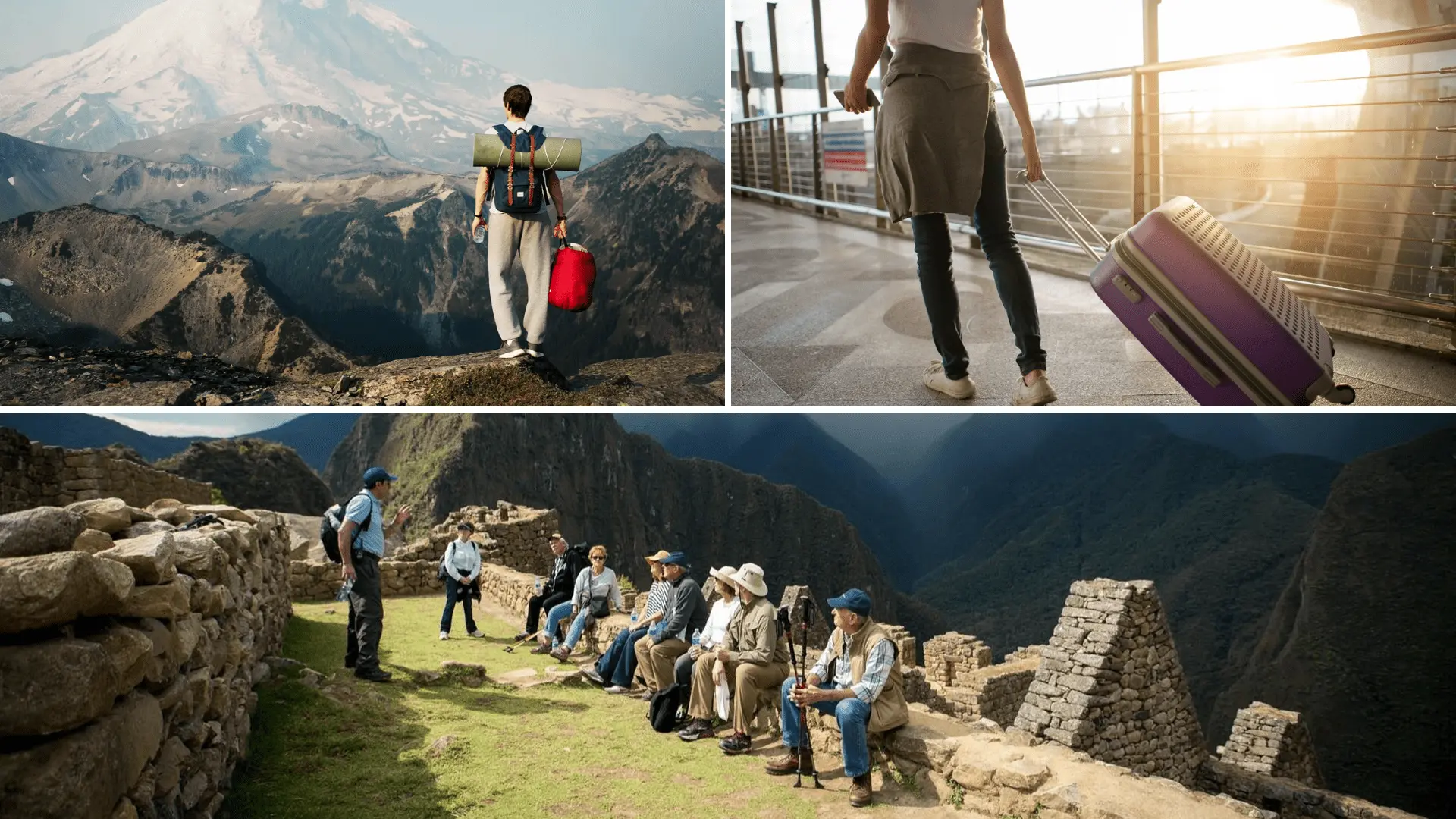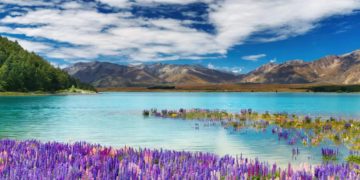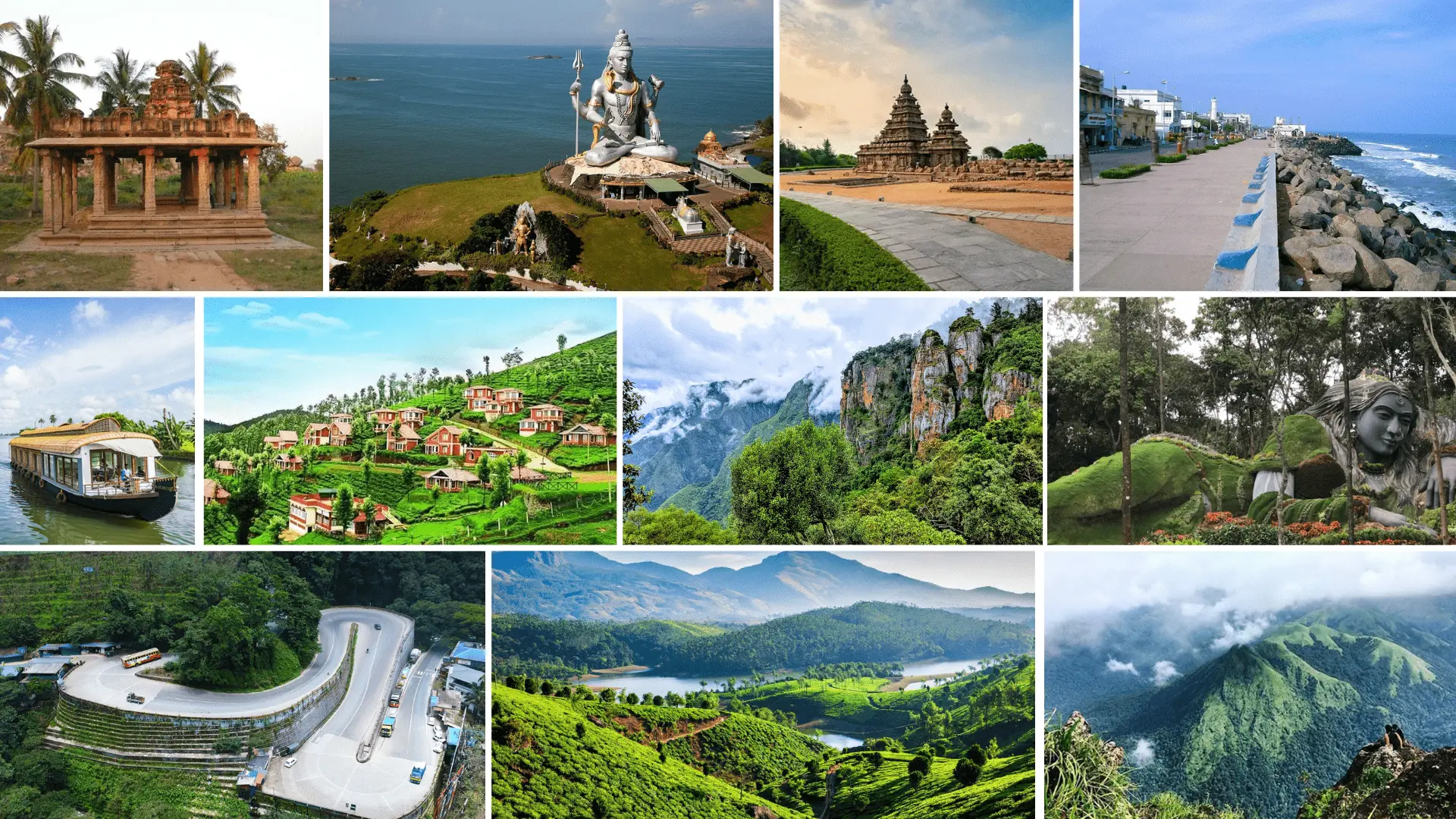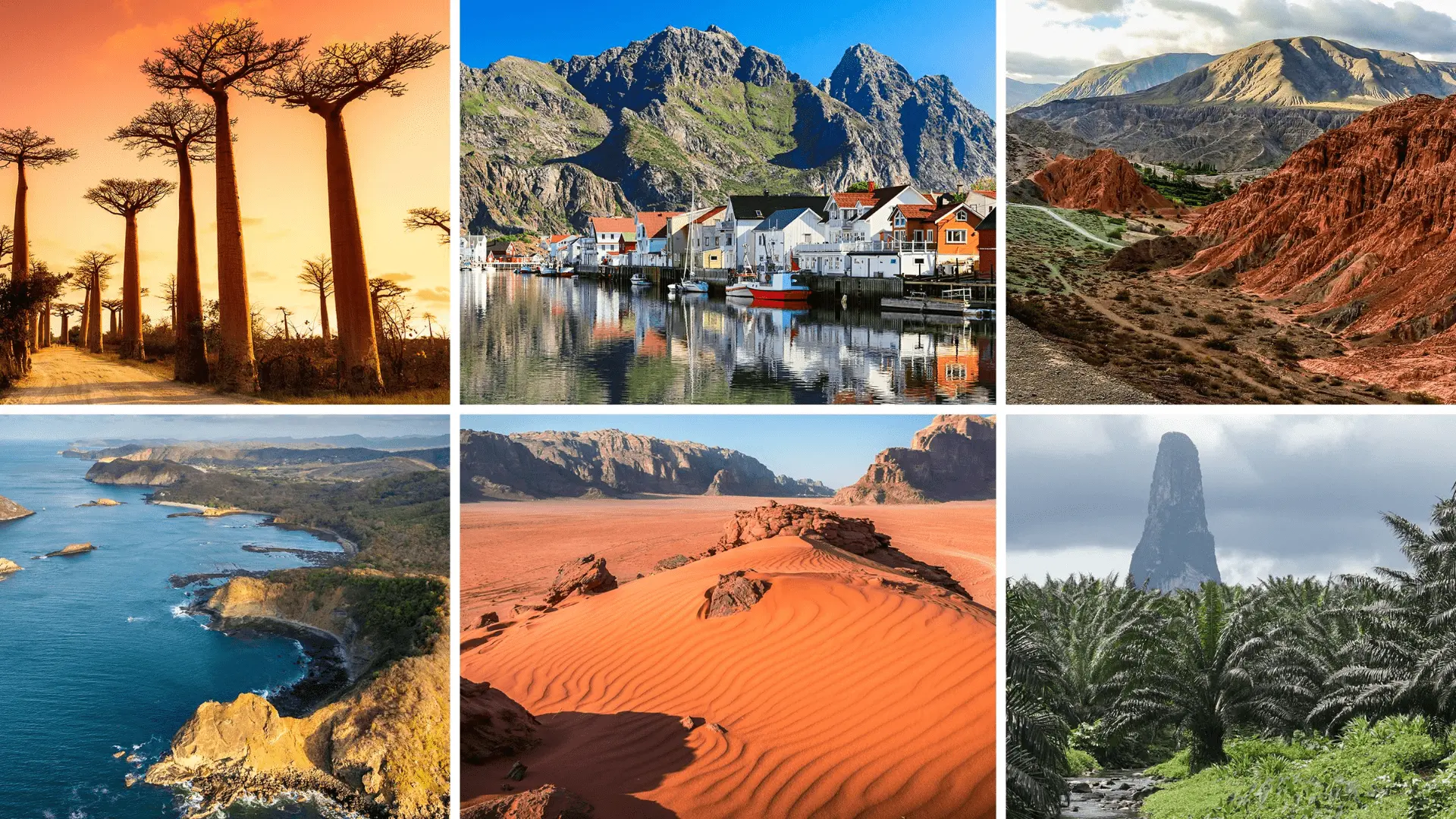India, a land steeped in history, culture, and architectural marvels, unfolds a mesmerizing tale through the Golden Triangle Expedition. This iconic journey connects three of the country’s most celebrated cities—Delhi, Agra, and Jaipur. As we embark on this captivating expedition, we unravel the rich tapestry of heritage, witness architectural wonders, and immerse ourselves in the vibrant hues of Indian culture.
Delhi: The Capital City
Our expedition commences in Delhi, the heart and soul of India, where the past seamlessly blends with the present. Delhi, a city with a history spanning millennia, showcases a diverse array of monuments, bustling markets, and a vibrant street life that encapsulates the essence of India.
Historical Marvels:
Delhi’s historic landscape is adorned with iconic landmarks such as the Red Fort, a UNESCO World Heritage Site that narrates tales of Mughal grandeur. The Qutub Minar, a towering masterpiece of Indo-Islamic architecture, stands as a testament to Delhi’s rich past. Exploring these structures transports us back in time, providing a glimpse into the dynasties that have left an indelible mark on the city.
Modern Contrasts:
Delhi, however, is not confined to its historical roots. The city boasts modern marvels like India Gate and Lotus Temple, reflecting the architectural diversity that characterizes contemporary India. The bustling markets of Old Delhi, with their narrow lanes and vibrant bazaars, offer a sensory delight, showcasing the city’s dynamic blend of tradition and modernity.
Agra: Home to the Taj Mahal
Our journey takes us south to Agra, a city synonymous with the epitome of love—the Taj Mahal. This iconic white marble mausoleum, a UNESCO World Heritage Site, stands as an eternal symbol of Mughal architecture and undying love.
The Taj Mahal:
A visit to the Taj Mahal is an ethereal experience. As the first light of dawn bathes the monument in a soft glow, the pristine white marble reflects the changing hues of the sky. Commissioned by Emperor Shah Jahan in memory of his beloved wife Mumtaz Mahal, the Taj Mahal’s intricate carvings, intricate inlay work, and symmetrical gardens leave visitors spellbound.
Agra Fort:
Agra Fort, another UNESCO World Heritage Site, offers a glimpse into the grandeur of the Mughal Empire. The fort’s impressive architecture, including the Diwan-i-Am and Diwan-i-Khas, narrates stories of imperial opulence and strategic brilliance.
Jaipur: The Pink City
Our expedition concludes in Jaipur, the capital of Rajasthan, known as the Pink City due to the distinctive color of its buildings. Jaipur encapsulates the royal heritage of the Rajputana rulers, showcasing a harmonious blend of tradition and modernity.
Architectural Splendors:
Jaipur’s architectural wonders, including the Hawa Mahal, City Palace, and Jantar Mantar, reflect the city’s regal past. The Hawa Mahal, or Palace of Winds, with its intricately latticed windows, allowed royal women to observe street festivities without being seen. The City Palace, a majestic complex of courtyards, gardens, and buildings, stands as a living testament to Jaipur’s royal legacy.
Amber Fort:
Perched on a hill overlooking Maota Lake, the Amber Fort is a masterpiece of Rajput architecture. The fort’s ornate palaces, courtyards, and intricate mirror work transport visitors to a bygone era of grandeur. The ascent to the fort on the back of an elephant adds a touch of regality to the overall experience.
Cultural Extravaganza
Beyond the architectural wonders, the Golden Triangle Expedition unveils the vibrant tapestry of Indian culture through its cuisine, traditional arts, and local experiences.
Culinary Delights:
Each city on the Golden Triangle offers a distinct culinary experience. From the spicy street food of Delhi’s Chandni Chowk to the delectable Mughlai cuisine in Agra and the traditional Rajasthani thalis in Jaipur, the expedition is a gastronomic adventure. The diverse flavors and aromatic spices create a symphony for the taste buds.
Traditional Arts and Crafts:
The journey through the Golden Triangle provides ample opportunities to explore India’s rich artistic traditions. From the intricate marble inlay work in Agra to the vibrant textiles and jewelry in Jaipur’s markets, visitors can witness the craftsmanship that has been passed down through generations.
Local Experiences:
Engaging with local communities adds a personal touch to the expedition. Whether it’s participating in a traditional dance performance, attending a puppet show, or exploring local markets, these experiences provide insights into the daily lives and cultural nuances of the people in each city.
Conclusion
The Golden Triangle Expedition is not merely a physical journey through Delhi, Agra, and Jaipur; it is a voyage through time, history, and culture. Each city unfolds a unique chapter in India’s narrative, offering a kaleidoscope of experiences that captivate the senses and leave an indelible mark on the soul. From the bustling streets of Delhi to the serene beauty of the Taj Mahal and the regal grandeur of Jaipur, this expedition is a celebration of India’s rich heritage and an invitation to explore the extraordinary within the ordinary. As travelers trace the Golden Triangle, they embark on a transformative journey that transcends geography, inviting them to become part of the timeless story that is India.

























